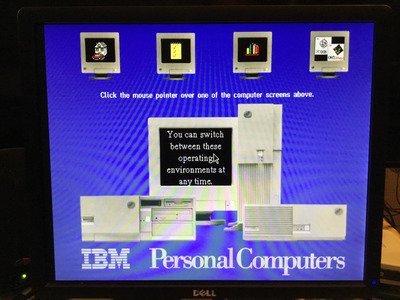Reply 20 of 35, by Intel486dx33
chinny22 wrote on 2023-12-02, 22:21:Most of my friends had 486's till around 98-99. Hardware was so expensive and became obsolete so quick it was impossible to keep up.
Internet and office work side of computing was good enough. Gaming is where we became stuck and I grew to hate the message "Pentium Required" when trying to run games from demo disk.Never really got many sub 200Mhz machines in garage sales, etc. Typically it was 486 and below or P200 and higher.
Yes, Computer stores were selling Inexpensive CPU/Motherboard Upgrade combos deals for 486 computer owners who wanted to
Upgrade their computers. The AMD K6 and Pentium 150 and below were selling for affordable prices for budget conscious computer builders.
By 1998 the Pentium II became main stream. This is when I purchased my HP Vectra Kayak workstations with Dual Pentium II CPU’s with Win-NT 4.0
HP also made the Single Pentium II CPU Kayak workstation for Win98.
